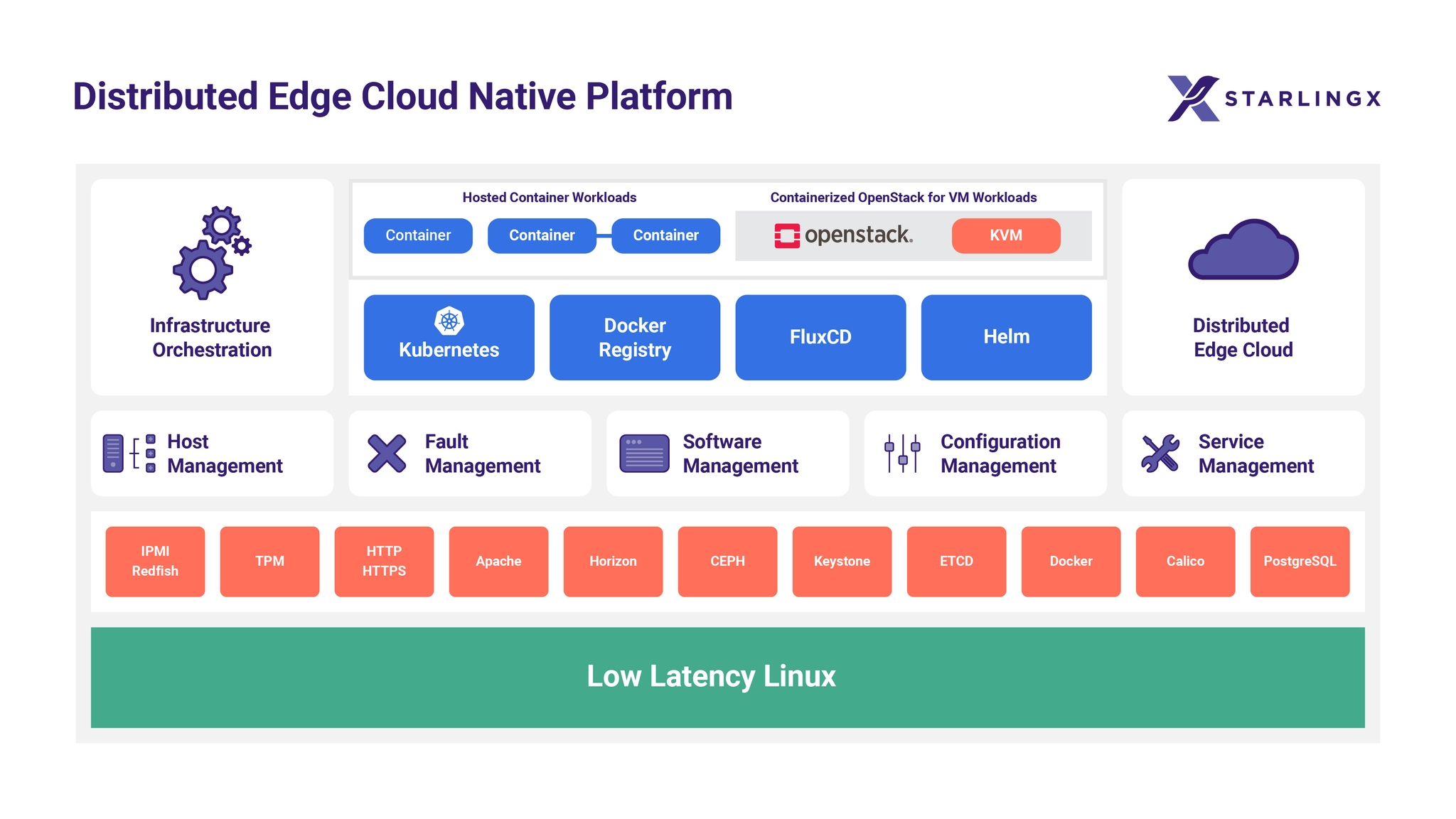StarlingX is an O-RAN darling, version 9.0 toughened & hardened
News this month sees StarlingX 9.0 offering an open source cloud stack that has been ‘hardened’ by telcos such as Kddi, T-Systems, Verizona and Vodafone/
StarlingX itself is an open source distributed cloud platform for IoT, 5G, O-RAN and edge computing.
O-RAN (or ORAN) is written in full as Open Radio Access Network and is a nonproprietary version of the Radio Access Network (RAN) system that allows interoperation between cellular networks
StarlingX combines Ceph, OpenStack, Kubernetes and other technologies to create a cloud software stack that provides telecom carriers and enterprises with what they need to deploy an edge cloud on a few servers or hundreds of them.
Container-based and scalable, StarlingX is used by applications in industrial IoT, telecom, video delivery and other ultra-low latency, high-performance use cases.
StarlingX is used in production among large telecom operators around the globe. Operators are utilising the container-based platform for their 5G and O-RAN backbone infrastructures along with relying on the project’s features to easily manage the lifecycle of the infrastructure components and services.
Backbone network infrastructure
StarlingX is said to be is ideal for enterprises seeking a highly performant distributed cloud architecture. Organisations are evaluating the platform for use cases such as backbone network infrastructure for railway systems and high-performance edge datacenter solutions.
Managing forest fires is another new use case that has emerged and is being researched by a new StarlingX user and contributor.
“StarlingX adoption continues to grow as more organisations learn of the platform’s unique advantages in supporting modern-day workloads at scale; in fact, one current user has documented its deployment of 20,000 nodes and counting,” said Ildikó Váncsa, director of community, for the Open Infrastructure Foundation. “Accordingly, this StarlingX 9.0 release prioritises enhancements for scaling, updating and upgrading the end-to-end environment.
Also during this release cycle, StarlingX collaborated closely with Arm and AMD for a coordinated effort towards increasing the diversity of hardware supported.” continued Váncsa.
This collaboration also includes building out lab infrastructure to continuously test the project on a diverse set of hardware platforms.
“Across cloud, 5G and edge computing, power efficiency and lower TCO is critical for developers in bringing new innovations to market,” said Eddie Ramirez, vice president of go-to-market, Infrastructure Line of Business, Arm. “StarlingX plays a vital role in this mission and we’re pleased to be working with the community so that developers and users can leverage the power efficiency advantages of the Arm architecture going forward.”
The StarlingX project launched in 2018, with initial code for the project contributed by Wind River and Intel. Active contributors to the project include Wind River, Intel and 99Cloud. Well-known users of the software in production include T-Systems, Verizon and Vodafone.
The StarlingX community is actively collaborating with several other groups such as the OpenInfra Edge Computing Group, ONAP, the O-RAN Software Community (SC), Akraino and more.




